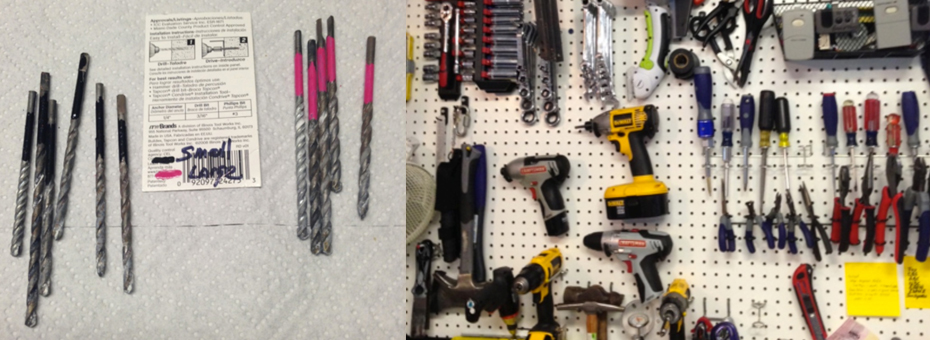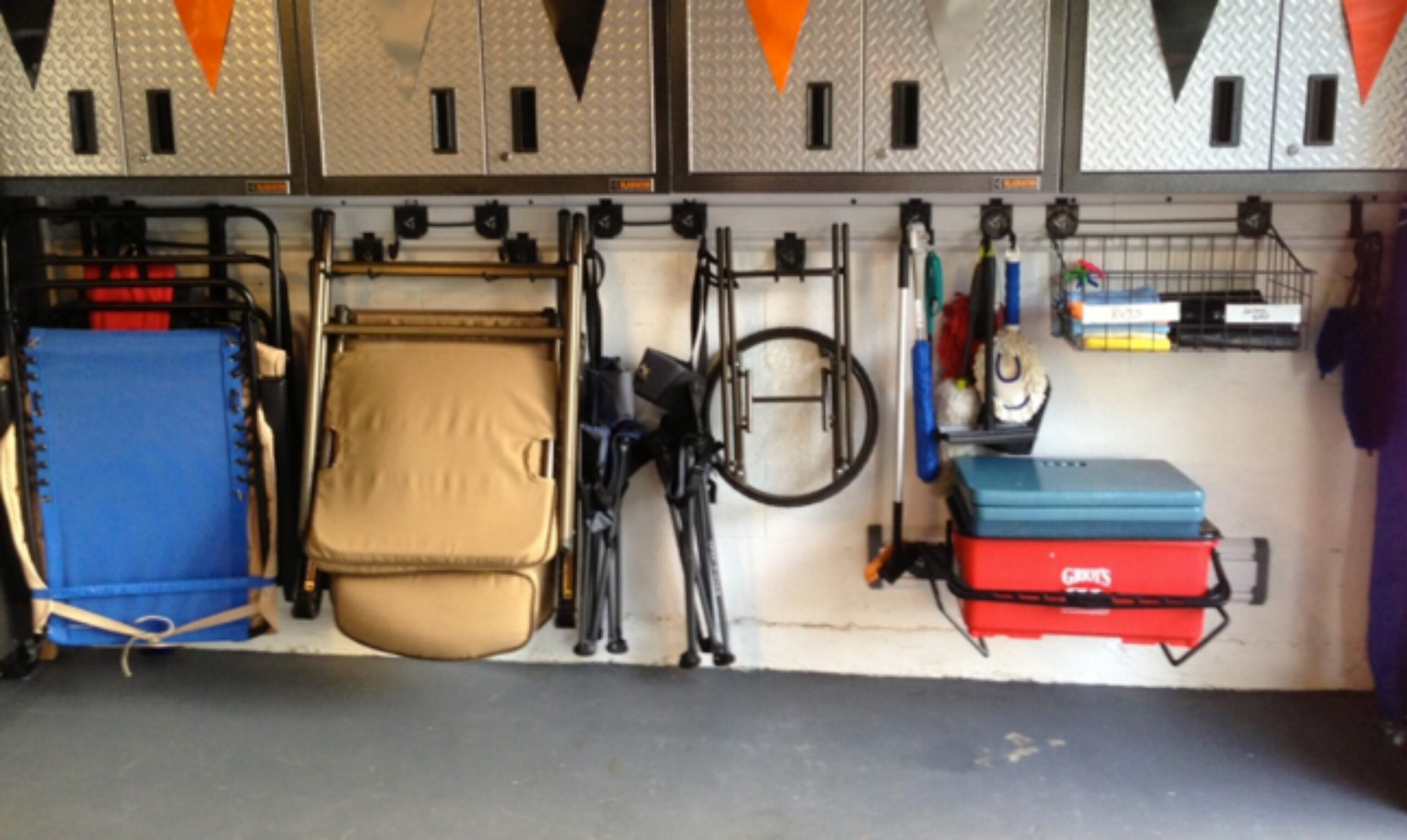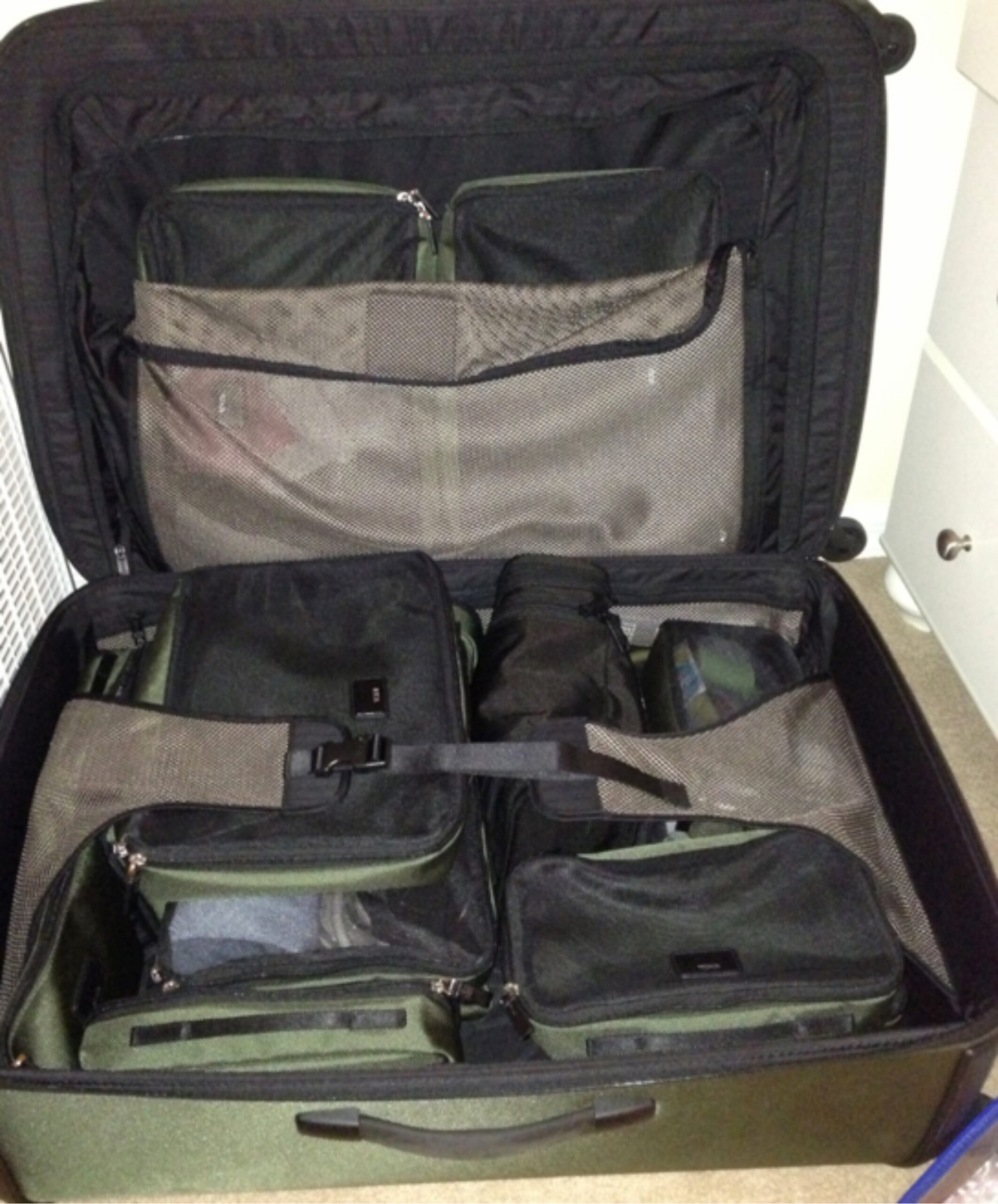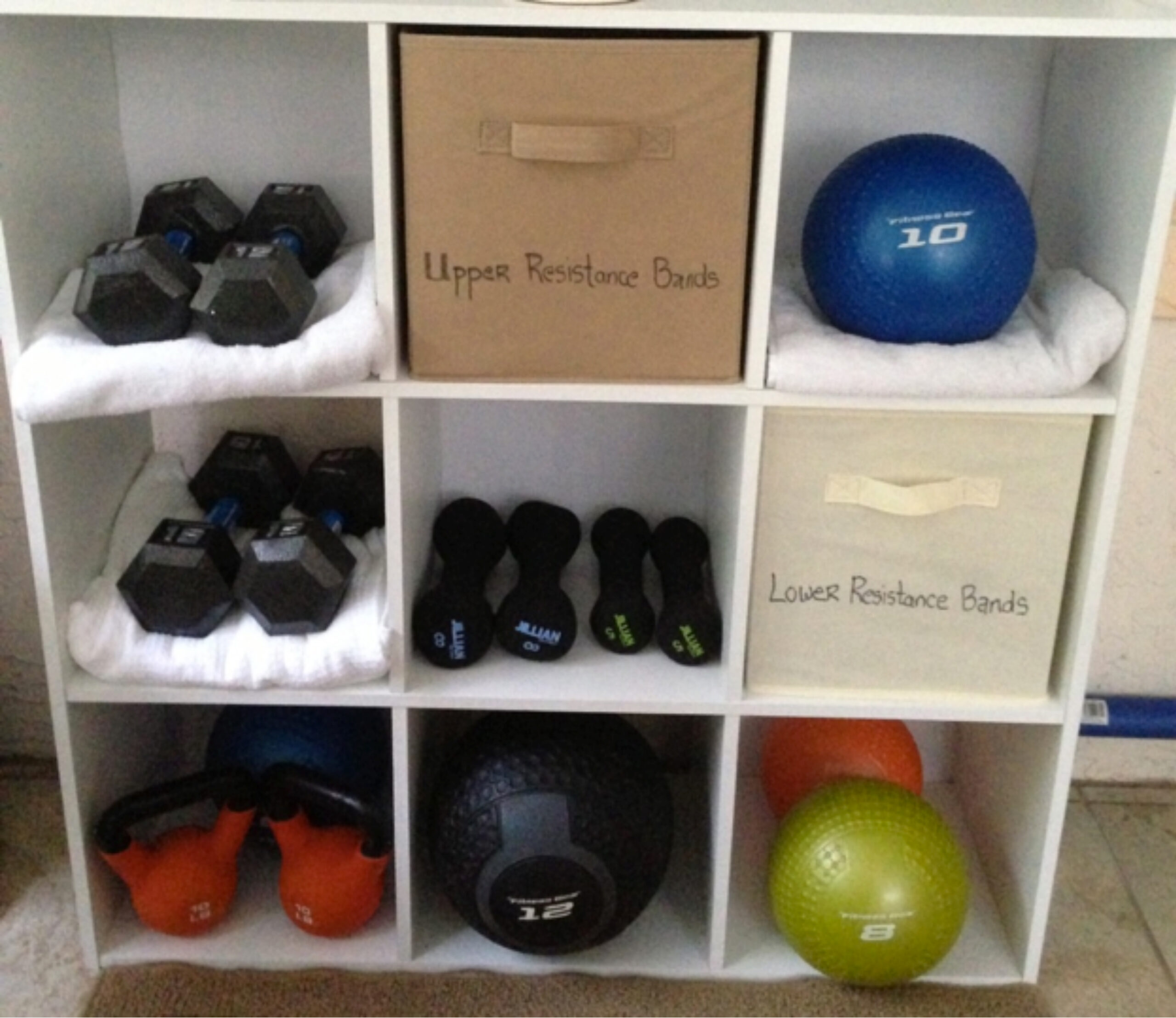“Do all Lean practitioners really practice what they teach?” I hear this question often. Thankfully, I can usually answer yes for my part, which is good because I care about this stuff deeply. If I didn’t live my teachings, how creditable would I be as an instructor? I don’t want to be that physician who chooses to smoke, but lectures you on the dangers of smoking and encourages you to stop. If I’m going to stand up in front of people and tell you how much lean thinking and practice can improve your business and your life, then I want to back this up. For me, Lean isn’t just what I do for my “work life,” it’s how I live my everyday life.
In some ways, I consider myself “raised” at Toyota. I was just 18 when I began the hiring process to become a production worker, so I was introduced to TPS thinking at a young age with minimal preconceived notions about what TPS was and wasn’t. Is this introduction to TPS or Lean always necessary as a pre-requisite for success? Of course not. But as the saying goes, “Out with the old and in with the new.”
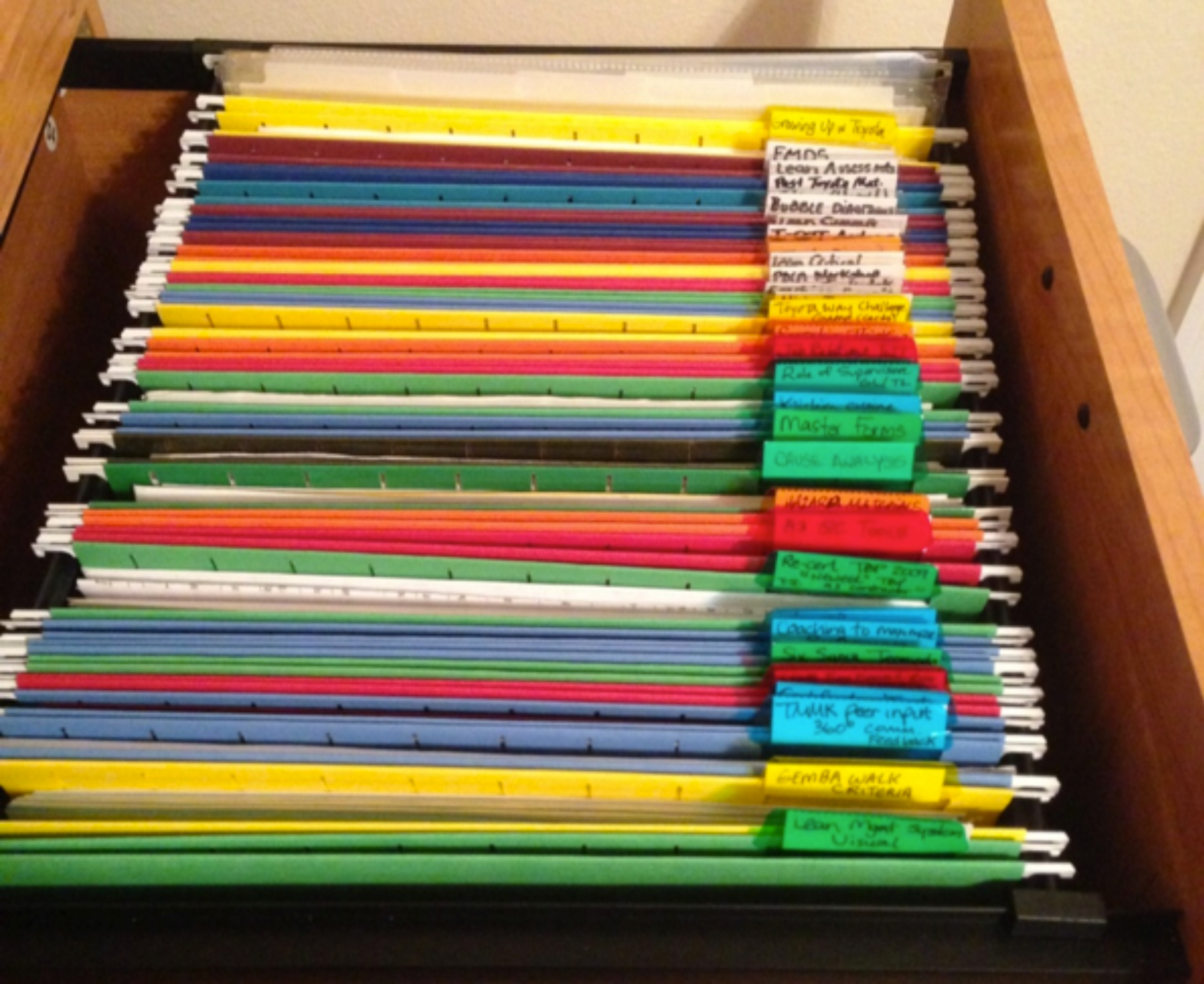 |
|
|
|
|
|
|
Having learned so much from my Japanese trainers from such an early age, I eventually realized over the years that much of this lean thinking had quickly spilled over into the rest of my life. Once I understood the purpose behind the processes I was learning, it didn’t take long for me to apply this kind of thinking everywhere. At Toyota, we learned to see waste in the form of movement, seconds, minutes, space, dollars, hours and cost (to name a few). Once you “learn to see” and view the world through a Lean lens, the sky really is the limit. Then by default you see waste and abnormality everywhere you go, particularly in places like grocery/department stores, doctor’s offices, the airport, traffic-light systems, restaurants, home services (when companies give you the window of time technicians will arrive).
So, to what degree do I actually practice outside of work?
Below are some examples to show how we try to integrate this into our daily lives to have order, minimize waste, embed standards, and improve our quality time when we are home:
- All our work and personal files are labeled by category
- All our work materials are in binders and labeled by subject matter
- We practice 5S in our garage, home, and exercise area (tool peg boards and visual controls, keep unnecessary items off the floor to create space)
- I have a personal checklist of 50+ items for travel I check off before arriving at a client’s location
- My personal suitcase has a standardization method and each small case has specific content to avoid forgetting an item (per the checklist)
- We practice an internal kanban system for grocery shopping and items needed to avoid running out of anything requiring extra trips.
- We have poke-yokes in place for parking in our garage (laser pointers) to prevent door dings
- We label sock drawers by color and type!
Time is precious, especially time at home, so the more efficiently I can live my life, the better chances I have of increasing my value-added time. If I have standards and systems in place to minimize wasteful action, then this means more time for me, my family, and my clients.
I’m sure each of you witnessed a wasteful or totally inefficient process at one time or another, and thought, “If I ran this business, I would do things differently.” What you’re speaking about here is simply a process creating an output, right? And we want that output to be as efficient as possible. We don’t all have businesses of our own to run, but we do have our own work processes and everyday ways of getting things done. You begin to look at mapping your time or think about how to do more with less in our rapid paced world. So often we try work-arounds or short-cuts that often just create rework when what we really need to do is create a better process or make small adjustments to our current process.
I try to practice what I teach, not because I have to, but because I want to and I know the benefits. At the end of the day, it comes down to this: you get what you put into things, and we enjoy doing those activities that contribute to our “value-added’ness”.
Do I ever slack off? Yes, now and then. Of course none of us are perfect and even the best of us have our moments. So it’s more about knowing that we’re human and realizing we have a choice about how conscious or unconscious we want to be about our habits and actions. What habits to we want to develop? There is parallel between our personal lives and actions, and our work life, too. As people, as parents and friends, as leaders within organizations, what habits do we to want to model for others?
Go ahead, try this Lean stuff. But be forewarned, it’s contagious!
